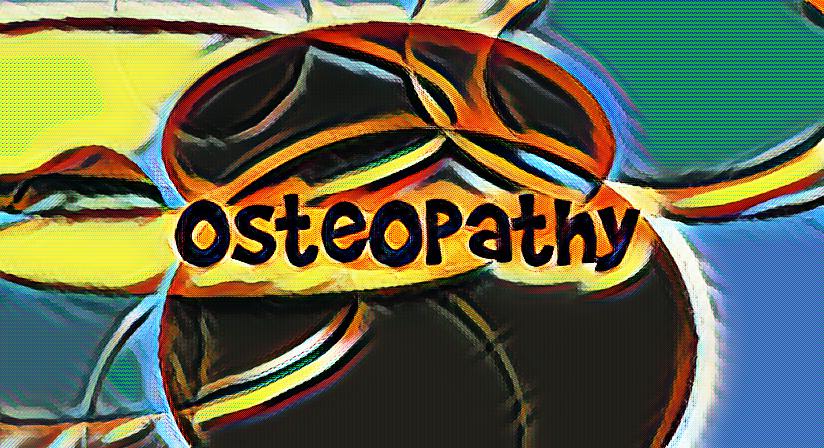Rather than always treating disease with surgery or medication, doctors of osteopathy (DO) emphasize the body’s ability to heal itself. Because they realize that imbalance or misalignment in one part of the body can lead to problems elsewhere, they treat the body as a single unit.
Osteopathic Training
DOs are fully licensed physicians capable of prescribing drugs and performing treatments. Just like traditional neurologists or pediatricians, many DOs focus on a particular area of practice.
The difference is that osteopaths believe many diseases are rooted in imbalances or weaknesses within the musculoskeletal system. DOs integrate gentle manual adjustments and other holistic measures into their treatment plans.
What to Expect during an Osteopathic Exam?
Before performing a physical exam, an osteopathic physician interviews a new patient and takes extensive notes about potential problems. This interview could last as long as 45 minutes.
Next is a comprehensive physical exam. It may require the patient to disrobe, but privacy is always respected. During the exam, the patient performs specific stretches and movements while the doctor analyzes his or her flexibility and posture.
The exam also employs touch palpation to assess the patient’s soft tissues, joints and ligaments. Based on the findings, the osteopath designs a treatment plan to address each patient’s specific needs.
Osteopathic Therapies
Osteopathic treatment plans vary, but common therapies include:
- Joint and spinal adjustments to restore mobility
- Acupuncture for localized discomfort
- Soft tissue therapy for muscular discomfort
- Visceral manipulation to improve internal organ function
- Cranial therapy for the nervous system
A typical plan estimates how many treatments healing will require. Many DOs also recommend diet, exercise and other lifestyle modifications, all to encourage the patient’s direct involvement in the healing process.
